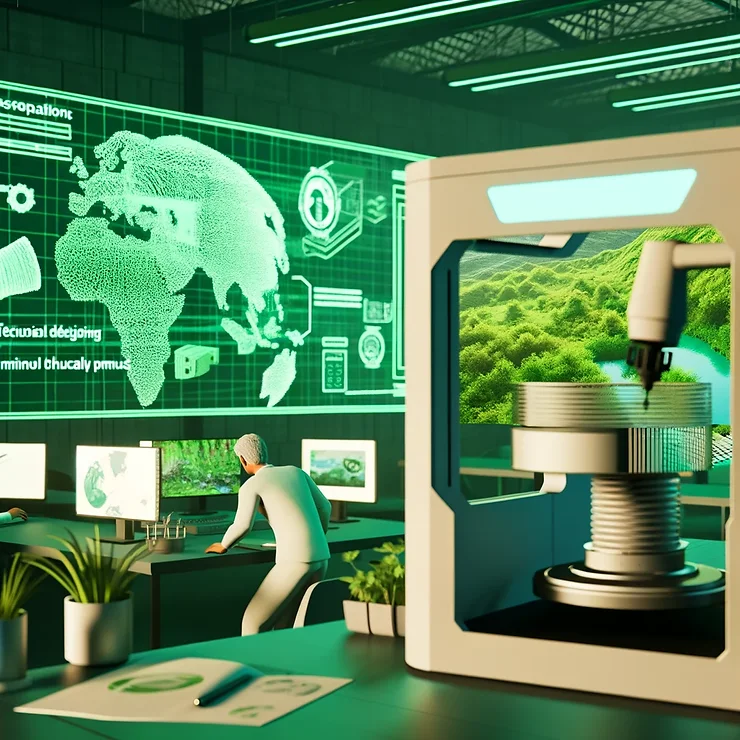
In an era where environmental concerns are increasingly at the forefront of public discourse, industries across the board are seeking innovative methods to reduce their ecological footprint. One technology that stands out in this quest is 3D scanning. It's not just a tool for capturing detailed dimensions and shapes; it's also a beacon for sustainable practices. Here's a closer look at how 3D scanning is contributing to environmental sustainability.
Minimizing Waste Through Precision
3D scanning enables unprecedented accuracy in the production of parts and components. By ensuring that items are produced correctly the first time, the technology significantly reduces the need for multiple prototypes. This precision cuts down on material waste—a substantial benefit for the environment as it minimizes the resources extracted and the energy consumed in production processes.
Digital Archiving: A Tool for Preservation
The use of 3D scanning in the digital archiving of historical sites and artifacts allows for preservation without physical interference. This technique is particularly valuable for sensitive environments where human presence can be damaging. By creating digital twins of sites and objects, we can reduce the physical impact on these locations, thus preserving them for future generations without the need for intrusive measures.
Streamlining Design and Manufacturing Processes
In traditional manufacturing, creating a new product often involves a trial-and-error approach that can lead to excess consumption of resources. 3D scanning streamlines this process by allowing for accurate digital models that can be tested virtually. This approach enables the refinement of designs without the physical material cost, effectively reducing the carbon footprint of the design and manufacturing phases.
Enhancing Recycling Efforts with Reverse Engineering
Reverse engineering is the process of deconstructing a product to understand its components and design. 3D scanning makes reverse engineering more efficient, which aids recycling efforts. By understanding the composition and structure of products, companies can more effectively disassemble and recycle materials, keeping them in use longer and out of landfills.
KM3DSCAN: Pioneering Eco-Friendly 3D Scanning Solutions
At KM3DSCAN, we are acutely aware of the role technology plays in environmental sustainability. Our 3D scanning services are designed with precision and efficiency in mind, helping clients reduce waste and conserve resources. By choosing KM3DSCAN, you're not just getting access to state-of-the-art 3D scanning technology; you're also partnering with a company that values and actively contributes to a greener planet.
Through our advanced scanning processes, we help clients optimize their design workflows, accurately capture the form of physical objects for digital use, and significantly cut down on material usage. As a responsible organization, KM3DSCAN is dedicated to supporting your environmental goals while delivering top-tier 3D scanning services.
Incorporating 3D scanning into your operations is more than a technological upgrade—it's a step toward a more sustainable and environmentally conscious business model. Join us in our mission to create a better future, one accurate scan at a time.